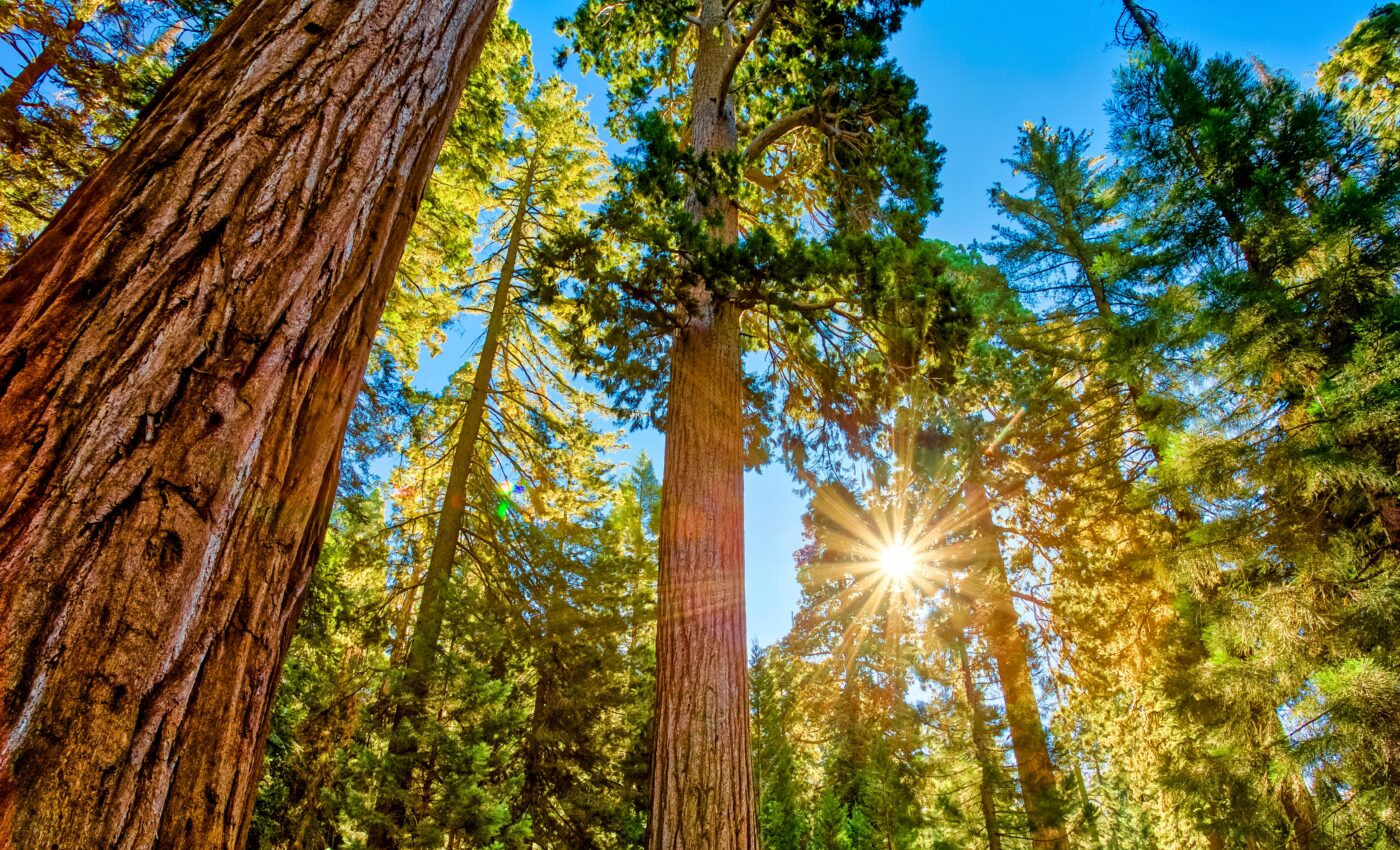
Plants have a way of telling us what climate they can survive in
Climate change is a pressing global concern that is pushing various plant and animal species towards the brink of extinction. A new study from UCLA is focused on the survival of redwoods and oaks that thrive on California’s coastline and coastal mountains.
The climate crisis
California’s iconic redwoods and oaks face increasing challenges due to alterations in temperatures and rainfall patterns that are associated with human-caused climate change. Many of these species are currently teetering on the edge of their endurance limits.
Identifying suitable new habitats will soon become a matter of life or death for some California native species, noted study senior author Professor Lawren Sack. But if those trees could talk, where would they say they wanted to live?
Decoding the language of plants
Professor Sack and his team of UCLA biologists sought answers within the plants themselves.
Their research unraveled a “language” embedded in the leaves and woody stems of plants, indicating their optimal habitats.
This discovery holds promise for conservationists to better locate new regions for plant relocation and provide more effective protection for their existing habitats.
Traditionally, determining the best environment for plants was primarily based on their current habitats. This approach often falls short, especially in places like California where agriculture, industrialization, and urbanization have reshaped the natural habitats.
In addition, climate change further complicates the relocation of these species.
New scientific model
The study, which is published in the journal Functional Ecology, used a statistical model to estimate the preferred climatic conditions for various plant species.
This estimation is derived from several plant parameters, such as height, leaf composition, wilting point, and wood density.
The model does not just reveal what conditions the plant can tolerate, but pinpoints the climate it prefers. This can provide vital information about how well-matched a plant is with its native environment.
Where a plant prefers to live
“Plant species can directly reveal to us their climate preference and their vulnerability to potential climate change in the ‘language’ of their leaves and wood,” said Professor Sack.
“Now that we know this, if you give us a leaf and a piece of wood, we can give a good scientific prediction of where the plant prefers to live.”
“We are tuning in to what the plants are telling us about their preferences, in the language of their tissues and physiology, aiming to help them survive escalating climate challenges.”
Focus of the study
Professor Sack collaborated with UCLA postdoctoral scholar Camila Medeiros and an international team of researchers.
The team analyzed 10 distinct leaf and wood traits from more than 100 species in a range of environments mostly within the University of California Natural Reserve System.
Variety of ecosystems
The variety of ecosystems that were analyzed included desert, coastal sage scrub, chaparral, montane wet forest, mixed riparian woodland and mixed conifer broadleaf forest. These types of ecosystems cover about 70% of California’s land area.
“The correspondence of leaf and wood traits with species’ climates is striking,” said Medeiros.
For example, species native to warmer, drier climates tend to be shorter in stature, with thicker and denser leaves and lower wilting points – traits that enable them to continue photosynthesis when water is scarce and to grow faster when water is more readily available.
Plant physiology and climate
“The reflection of species’ preferred climate in their wood and leaves evidently arose from millennia of evolution that matched plant physiology to climate across California,” said Medeiros.
“We also found that many plants in the ecosystems we sampled were occupying locations that differed in climate from what we estimated to be their optimal niche.”
“As climate change ensues, we think this will tend to aggravate the sensitivity of many species, including common trees like the California buckeye and shrubs like the purple sage and California lilacs.”
The study is the first of its kind to determine whether plants’ functional traits can be used to accurately predict their climate preferences.
“Some previous studies analyzed individual approaches one by one, but our study was new in simultaneously applying all of them, and this gave us unprecedented predictive power,” said Medeiros.
Like what you read? Subscribe to our newsletter for engaging articles, exclusive content, and the latest updates.
—-
Check us out on EarthSnap, a free app brought to you by Eric Ralls and Earth.com.













